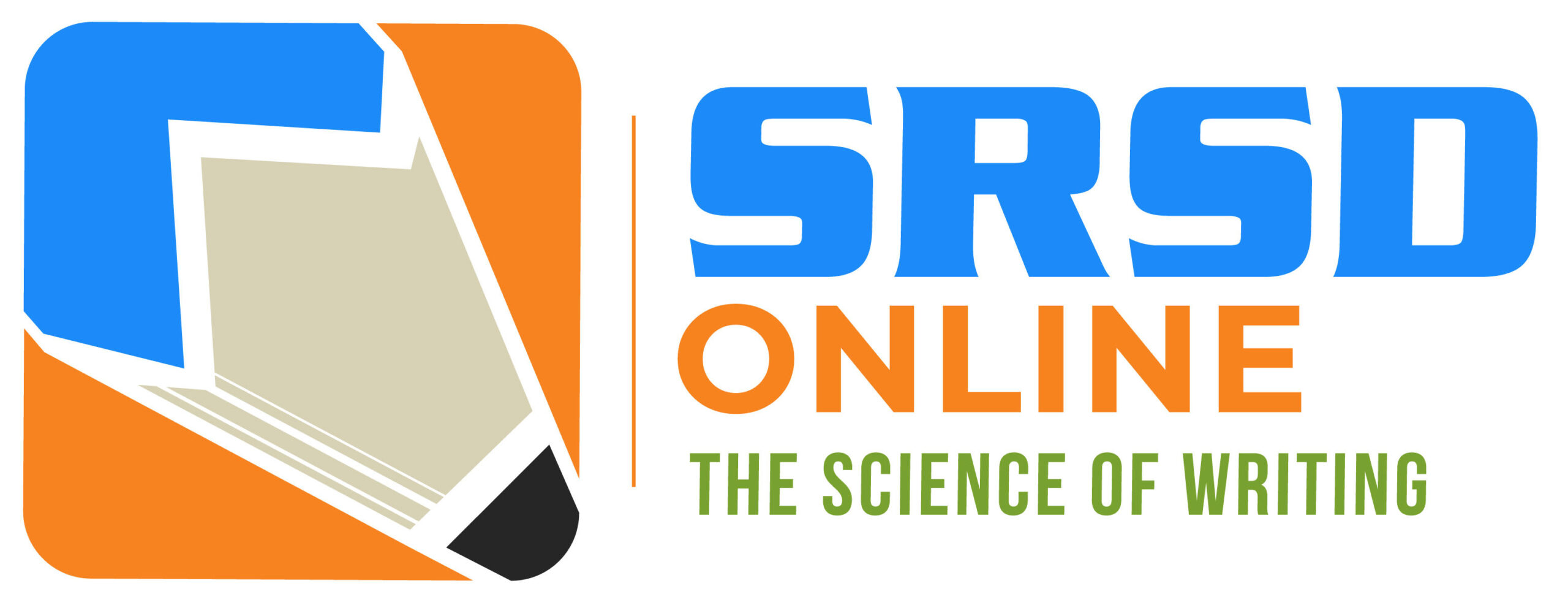#1 SRSD Close Reading Strategies Improve Reading Comprehension AND Writing Skills
Dr. Karen R. Harris, Educational Psychologist and Creator of SRSD, says that the TWA Reading Strategies (developed by Dr. Linda Mason, George Mason University), were created to improve reading comprehension and are also linked to the writing genres. From Elementary through High School, helping students develop better reading comprehension- and integrating that knowledge into writing- leads to unprecedented writing success. Dr. Jessica Hagaman, SRSD researcher and Assistant Professor at The University of Nebraska, developed and researched TRAP, which is a modified version of the Paraphrasing Strategy and similar to TWA.
Drs. Karen R. Harris and Jessica Hagaman explain how the TWA and TRAP Reading Strategies improve writing skills while preparing students for state testing.
#2 SRSD Reading Strategies Help with Writing on the State Standards
According to Ashley Barkel, SRSD Researcher and Special Education Teacher, current State Standard Testing requires students to source text. Yet many K-12 students are not trained to read text specifically for finding information to be used in their writing. The TWA Close Reading Strategy helps students master reading comprehension and sourcing information to be used in the writing portion of the State Standards.
#3 Rock-Solid Reading Tips That Energize Student Writing
Reading Speed: Ashley suggests using an airplane analogy for students to monitor their reading speed (it’s not a race!): Too fast and the plane can’t land, too slow and it won’t take off. Highlighting Text Before Writing: Students should use colored markers to highlight text to be used in their writing. Note: some special needs children use alternative techniques because the markers will be a distraction. Hand Signals: A great way to memorize the steps of any process is to add hand motions for each one. Let the children create and agree on one signal for each step. You might see a lot of “dabbing” or “rock/paper/scissors” during writing time, which means they get it!
#4 Use Cognitive-Strategy Sentence Starters to Respond To Texts
Dr. Steve Graham is an SRSD Researcher and advisor to The National Writing Project and What Works Clearinghouse. His research clearly proves that using a variety of written exemplars to highlight the key features of text help writing skills in all content areas. By helping students make the connection between writing and reading to facilitate writing they develop better writing skills. Additionally, This will translate to all disciplines. These sentence starter strategies include Revising Meaning, Reflection of Text, Evaluating and Analyzing the Author. Using this strategy will help in both reading and writing about a particular topic. Watch this video for more.
#5 Simple Reading/Writing Activities Create Improved Writing Skills
There is considerable evidence that when you write about what you read it improves writing performance AND reading comprehension. But Dr. Graham points out that you don’t have to write a novel. Even simple writing activities such as response to homework questions, taking notes, generating their own questions for something they read, etc. will help. Additionally, he emphasizes that making writing relevant should be a school effort across all content areas. By creating a general writing framework in English class translates to effective writing in social studies and science, for example, so he encourages all teachers to participate.
SRSD Reading Strategies


